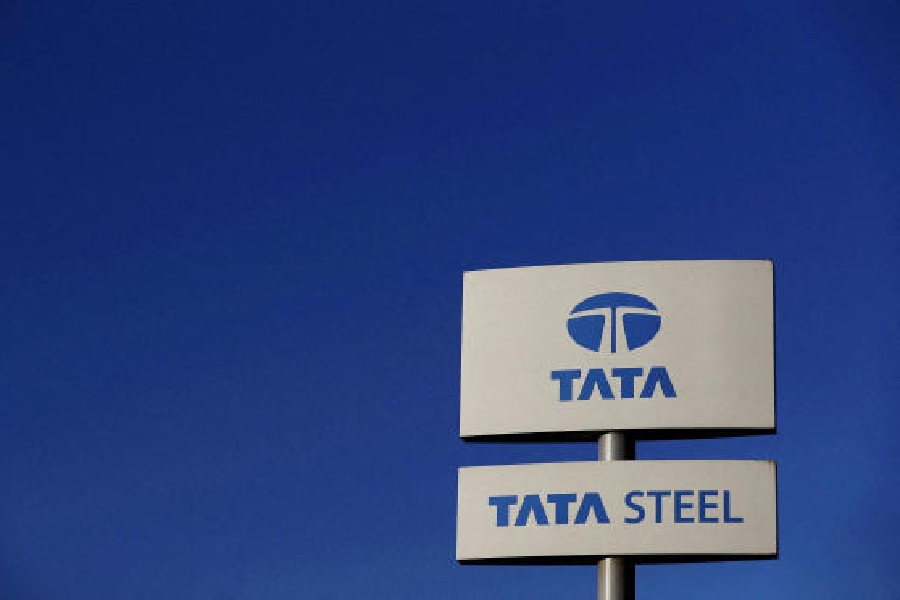Tata Steel has received a reprieve from the Delhi High Court in a case involving tax demand raised by the Income Tax authority in relation to the acquisition of Bhushan Steel Ltd.
The revenue department had raised tax demand of Rs 257.8 crore from Tata Steel for four assessment years prior to the acquisition of Bhushan Steel under Insolvency & Bankruptcy Code, 2016.
The resolution plan approved by the committee of creditors of Bhushan Steel included claims submitted by the creditors up to 20.03.2018 and verified by the resolution professional. The final list of creditors was published accordingly.
The plan submitted by TSL was approved by the NCLT on 15.05.2018. Pursuant to the order Bamnipal Steel Ltd., a wholly-owned subsidiary of TSL, took over the management of BSL.
The Income Tax department had sent notice to the company raising demand and sought response from the company why a penalty would not be imposed on 28.08.18, after the plan was approved and later reaffirmed by National Company Law Appellate Tribunal on 10.08.2018.
Tata Steel approached Delhi HC by a writ petition, questioning the very jurisdiction of the revenue to enforce the demand for tax and penalty.
The broad ground on which TSL sought to assail the demand raised by the revenue is that it concerns periods which precede the date of approval of the resolution plan by the NCLT and, therefore, fall within the ambit of the “clean slate” principle.
In other words, the submission is that once the plan is approved, all stakeholders, i.e., secured creditors, unsecured creditors, shareholders, workers and employees, are bound by the terms contained therein. In this context, TSL asserts that the revenue is not any different from the other creditors.
The revenue contended the contrary.
A bench comprising Justice Rajiv Shakdher and Justice Girish Kathpalia observed that the submission advanced on behalf of the revenue that it could continue with the assessment/reassessment process concerning the assessment years in issue is ‘entirely untenable’.
“A successful applicant whose resolution plan has been approved should not be put in a position where it is called upon to liquidate dues of creditors, including statutory creditors, which were not embedded in the RP.
A successful applicant is, in law, provided with a “clean slate”; therefore, dues for the period prior to the date when the RP was approved cannot be recovered. The courts have recognised this principle in more than one case,” the judgement passed on October 31, read.
The court also dealt with a broader issue; whether the provisions of the 2016 Code (IBC) would override the provisions of the 1961 Act (IT Act), where inconsistency is found between the two statutes.
It invoked the statement of objects and reasons to observe that the 2016 Code was enacted to consolidate and amend the laws relating to reorganisation and insolvency resolution of corporate persons, partnership firms and individuals in a time-bound manner. The goal was to maximise the value of assets, promote entrepreneurship, make available credit facilities, and balance the interests of all stakeholders, which included the alteration of priority of payments to be made against government dues.
“…where matters covered by the 2016 Code are concerned [including insolvency resolution of corporate persons] if provisions contained therein are inconsistent with other statutes, including the 1961 Act, it shall override such laws. If such an approach is not adopted, it will undermine the entire object and purpose with which the Legislature enacted the 2016 Code,” the bench observed.










